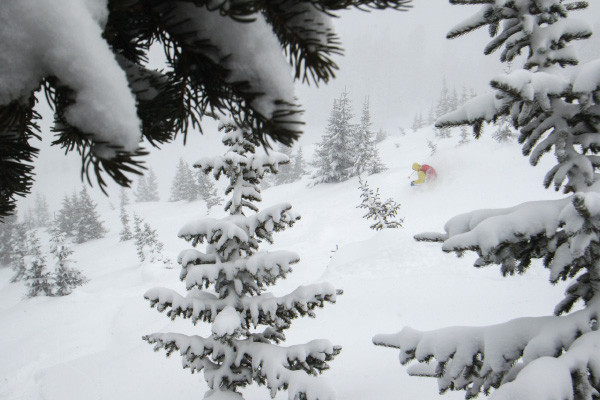Making Sense of Waterproof Shells
Posted by Dan Goodman on 3rd Jan 2020
Making Sense of Waterproof Shells
In a world of jargon, lingo, and numbers almost no one understands, it’s easy to see why so many outdoor enthusiasts end up with rain jackets and ski shells that don’t perform at the level they need. Finding the right information online to make an informed decision results in wading through a deluge of contradictory material, meaning that you either get lucky and get the right shell the first time or end up completely soaked to the bone when your weather-resistant coat does next to nothing in a rainstorm. Since it can feel like everyone in the outdoor world is speaking a different language when it comes to waterproof/breathable fabrics, we decided to run it through our version of Google translate to give you the knowledge you need, in words you can understand.
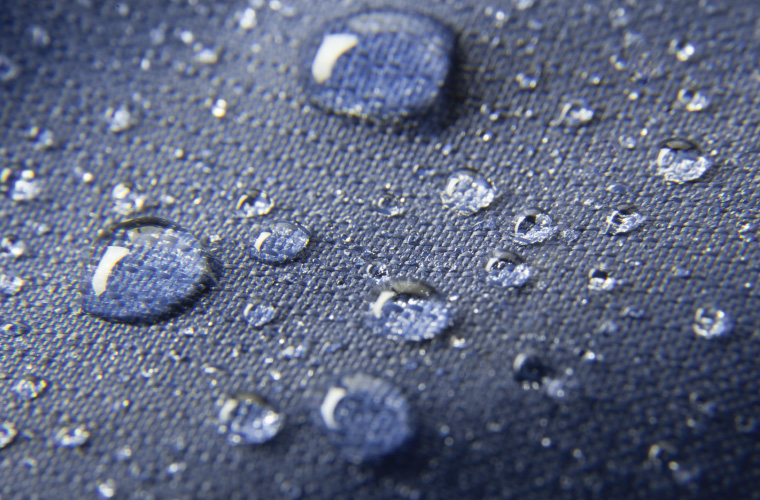
Waterproof Ratings
When it comes to waterproofing, there are two main things to know:
1. If a shell claims water-resistance, weather-resistance, or weatherproofing, that is not the same as waterproofing, and it will not keep you dry in a downpour.
2. Waterproof fabrics are not 100% waterproof. If they were, there would be no way to release moisture in the form of sweat. Instead, rain and ski shells are waterproof/breathable on a scale, which is why they have ratings associated with them.
Waterproof ratings come from a test that measures how much water a certain fabric can withstand before soaking through. More specifically, a piece of the fabric is stretched over a cylinder and water is gradually poured on top adding pressure to the fabric. The rating associated with a fabric is the measurement of how high, in millimeters, the column of water reached before water permeated through the fabric. For outdoor activities, common ratings range from 5,000 mm to up to 40,000 mm.
For ski, snowboard, and rain apparel, you’ll see ranges typically run from 5,000 mm to 20,000 mm. If you don’t even know where to begin to try and understand what those numbers mean, you’re not alone.
5,000 mm fabrics will work well for light rainstorms or short ski sessions, but will not be adequate for a full day of skiing in most conditions. 10,000 mm fabrics will be more suitable for general use skiing and snowboarding in dry climates, but won’t hold up to sustained exposure to wet snow. 20,000+ mm fabrics are optimal for long days spent hiking it the rain and skiing in wet climates. In general, remember that the higher the number, the more waterproof the fabric is.

Breathability Ratings
This number is important to understand how active you can be in a jacket before you’ll soak your baselayers through from sweat. This also highlights an important point, that if you find water on the inside of a waterproof shell, more than likely it is not an issue of water seeping through, but rather that jacket is not breathable enough for you. A fully waterproof rain slicker may be ideal for walking around town, but if you tried to hike, ski, or snowboard while wearing it you’d quickly understand why breathable fabrics are both so useful and so expensive.
With variations in how breathability is tested, this number can be trickier to understand, but as a general rule, this is the measure of how much water vapor can move through a square meter of fabric in a 24-hour period. You’ll see numbers given in grams per meter squared (g/m2) that range from roughly 5,000 g/m2 to 20,000 g/m2.
Breathability ratings up to 10,000 g/m2 will be ideal for casual use and for skiing on cold days at the resort with little aerobic activity involved. 15,000 g/m2 will be a choice option for anyone who wants a daily driver for the resort and occasionally skis in the backcountry. Finally, anyone regularly skiing or splitboarding in the backcountry, or anyone who tends to sweat a lot will want a shell with a rating of 20,000+ g/m2.
Hardshell Construction
Perhaps the most confusing part of the equation is understanding what to look for as far as the construction of a hardshell jacket or pants is concerned. Deciding between membranes and laminates as well as determining how many layers you’ll need can be hard to decipher, so let’s break it down into two pieces.
Waterproof Membranes vs Coatings
Membranes are when the layers are all bonded together and are made from expanded polytetrafluoroethylene (ePTFE) or polyurethane. With all of the layers bonded together, the shell will perform better when it comes to waterproofing, breathability, and durability, but it is a more expensive style. Well-known names that fall into this category are Gore-Tex®, eVent™, and MemBrain®.
Waterproof coatings, on the other hand, are essentially layers painted onto fabric to make it waterproof/breathable. Waterproof coatings generally result in apparel that is lighter and more compact than a membrane style shell, but they don’t perform as well overall.
Layers
The last piece of the pie is determining what shell construction is best for you: 2-layer, 2.5-layer, and 3-layer. All three feature:
1. A lightweight, durable face fabric on the outside with a DWR coating.
2. A middle, waterproof layer made from polyester, nylon, or a coated fabric.
3. An internal layer that protects the waterproof layer from oils, sweat, and damage from the inside of the jacket.
2-layer shells
These start with a single layer that is made up of a face fabric and a waterproof membrane or coating applied on the inside of it, to which a soft-to-the-touch, mesh liner is then attached, creating the second layer. These have a reputation as being bulkier, heavier, and less expensive than the others in this list, but they have come a long way in terms of performance in recent years.. This design is generally suited to a user who wants to save a few bucks and doesn’t plan on working up too much of a sweat while wearing their shells.
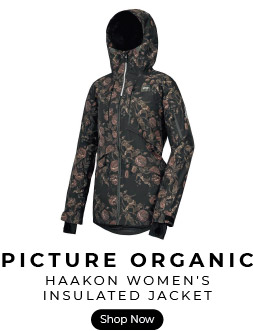
|
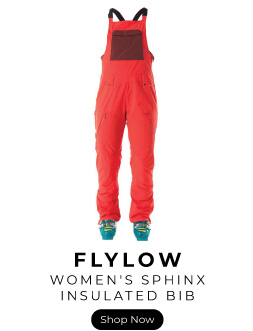
|
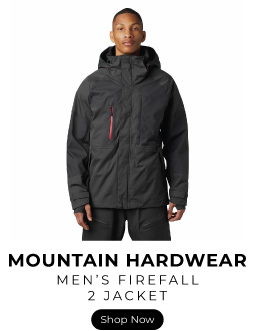
|
2.5-layer shells
Like 2-layer shells, these use a durable outer fabric that works in conjunction with a second, separate, waterproof membrane or coating layer. A protective print coating is then added on the inside to increase durability, which is considered to be the half-layer. These types of jackets tend to cost less than 3-layer options, but are also less durable and less breathable than the other two styles.
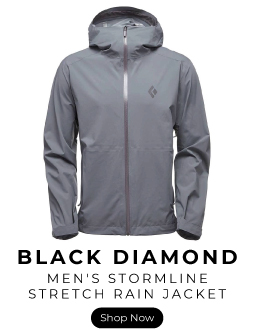
|
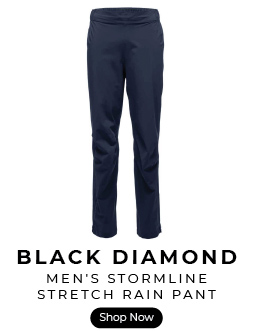
|
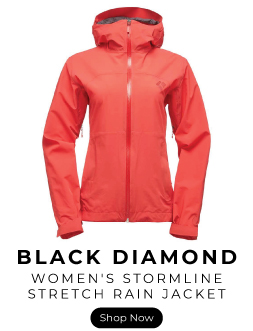
|
3-layer shells
3-Layer designs start with a durable face fabric like the others, but then have 2 more layers bonded to it, a membrane layer and an inner liner to protect the waterproof membrane. This construction is the most durable and breathable of the three but is also the most expensive, making it ideal for anyone who plans to get their heart rate up when a storm rolls in.
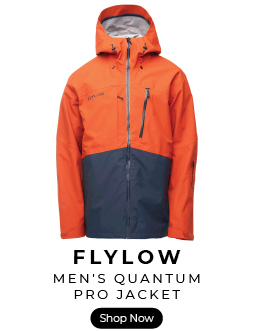
|
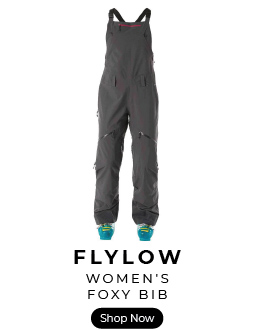
|
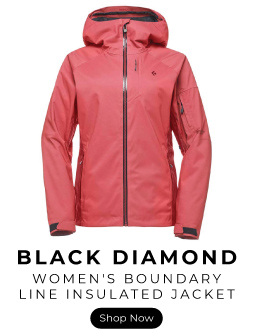
|
DWR
As mentioned above, any waterproof shell worth its weight will have a Durable Water Repellent (DWR) treated face fabric. Most people think that the reason that water beads off of their waterproof apparel is because it is waterproof. Instead, DWR is responsible for this phenomenon, which works by making the fibers of the fabrics in your gear more hydrophobic. This increases the surface tension, allowing the water to retain a more circular shape, which naturally rolls away from the fabric thanks to gravity.
When the DWR coating gets dirty or wears away due to use, water droplets will have an easier time sticking to the shell, leaving the face fabric waterlogged and making you feel clammy. If this happens to you, simply wash the garment according to the instructions on the tag and put it in the dryer on low heat for about 15 minutes. If that does not revive the DWR, you can buy several wash-in solutions like the Storm Ultimate Apparel Care Kit or Nikwax.
Per usual, what type of jacket you’ll need comes down to what you’ll be doing. Someone regularly heading out for long ski tours in the backcountry will want a 3-layer shell with a 20,000 g/m2 breathability rating and a 20,000 mm waterproof rating. Conversely, someone who wants a simple rain shell for short hikes on their local trails could get away with a less expensive option like a 2-layer or 2.5-layer with considerably lower breathability and waterproof ratings.
Ultimately, it’s important to remember that waterproof/breathable shells work well, but aren’t perfect, and just because you feel moisture on the inside of your jacket, doesn’t mean it isn’t working.
About Campman
Campman is an outdoor retail store located in Salt Lake City, Utah that specializes in gear and equipment for camping, skiing, backpacking, climbing, and everything in between. We understand that the difference between a bad memory and the adventure of a lifetime can come down to the gear you take with you when you head outdoors, and we want our customers to have the best experiences possible. When it comes to getting outside, we get it, and we’ll get you the gear you need to get there.
Questions? Feel free to contact us by phone at (801) 999-8117 or by email at sales@campman.com.
Share on:

